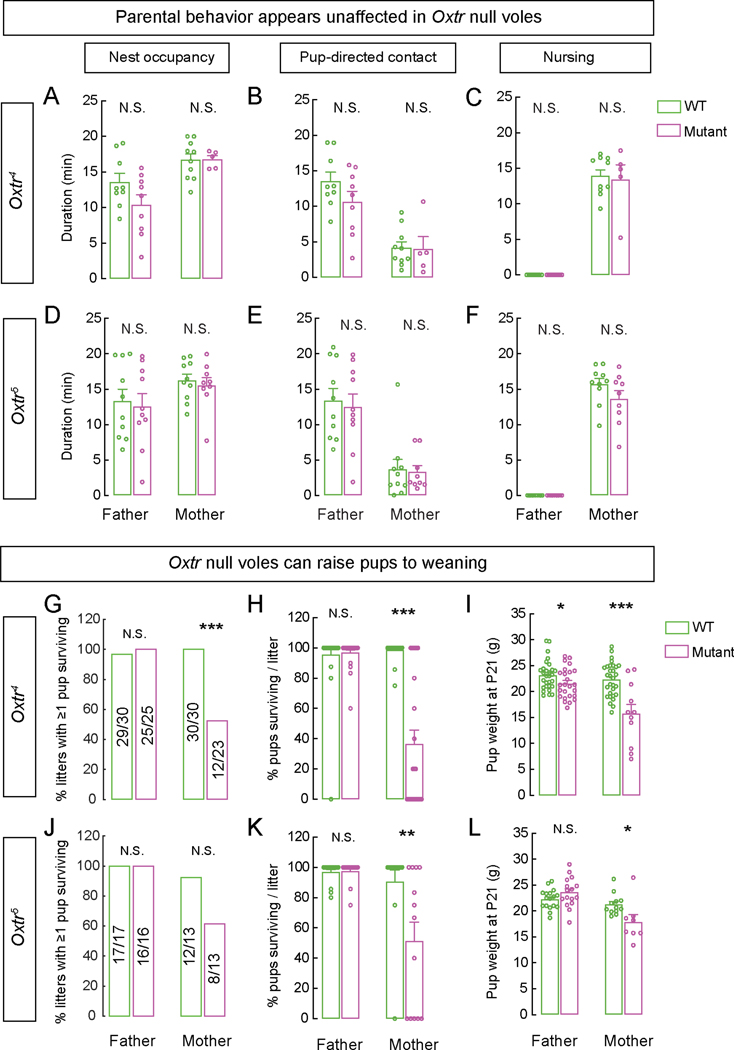Figure 4. Prairie voles lacking Oxtr display bi-parental care and can raise pups to weaning.
A-F. WT, Oxtr4–/–, and Oxtr5–/– mothers and fathers exhibit equivalent nest occupancy (A, D), pup-directed contacts (B, E), and nursing behavior (C, F) with their pups.
G, J. Oxtr4–/– mothers wean fewer litters compared to WT mothers.
H, K. Litters from Oxtr4−/− and Oxtr5−/− mothers have fewer pups surviving to weaning compared to WT mothers
I, L. Oxtr4−/− mothers and fathers and Oxtr5−/− mothers weaned pups with significantly lower body weight compared to WT parents. Only litters with ≥1 pup surviving to weaning were analyzed.
Mean ± SEM; n = 9 WT and mutant males each, 10 WT and 5 mutant females (A-C); 10 WT and mutant males each, 10 WT and 9 mutant females (D-F); 30 WT and 25 mutant males, 30 WT and 23 mutant females (G,H); 29 WT and 25 mutant males, 30 WT and 11 mutant females (I); 17 WT and 16 mutant males, 13 WT and mutant females each (J,K); 17 WT and 16 mutant males, 12 WT and 8 mutant females (L);*p<0.05, **p<0.01, ***p<0.001; N.S., not significant.
See also Figure S4.

